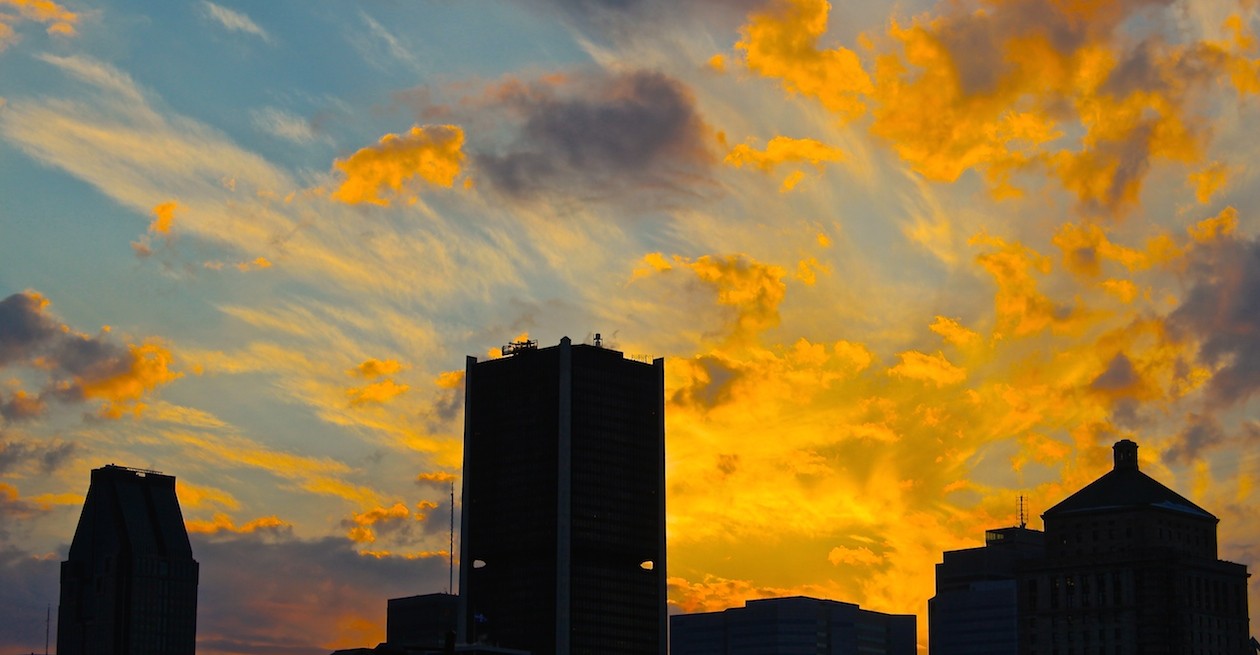
So I was strolling through Reddit’s r/Canada sub-reddit when I found this gem.
So a couple of people living in Toronto’s Liberty Village want to pass a city ordinance forbidding families from moving in, and I would imagine prevent family services from being established in the area. For those of you unfamiliar with Liberty Village, it’s largely condos and former industrial space renovated into offices and lofts. A Montreal equivalent would be the Quartier des Multimédias, or Notre Dame West past the ETS (and we still did it better). In any event, its not being taken seriously, and I seriously doubt anyone on Toronto City Council will take this seriously.

Despite this I still find it interesting that some people might actually try and justify this kind of behaviour. Their arguments are fascinating as well, as they’re largely ignorant of the role families play in all residential areas. There’s probably no greater social stabilizer and organizing force than families, and our urban communities here in Montreal are in some cases ‘family-free by default’. Suffice it to say I think we need to change this.
By stability I mean that families exert certain societal pressures and require the presence of certain resources, such as access to schools, parks, daycares, clinics etc, not to mention services they can access before and after the typical workday. Children living in a community draw services, both public and private, designed for them. Primarily, children’s education requirements, in whatever form they take, act as a catalyst for employment opportunities of all varieties for thousands, if not tens of thousands of people. These are but a handful of examples of the manner by which the presence of families living with young children in an urban setting help stabilize the local economic and cultural environment. Then there’s the issue of land value – the needs of the family for the presence of schools, parks and a wide range of 24-hour services in turn drive up the value of the land around said services. Much of the city can’t be demolished, and so the urban residential areas are left to wait for waves of gentrification to sweep through. It seems that each time there’s a boom in the urban housing market, real-estate developers begin amping up the PR noise about how they’ve cornered the market in ‘the next Plateau’. And so the list goes; all of the following have earned this ‘distinction over the past few years:
1. St-Henri
2. Pointe-St-Charles
3. Verdun
4. Shaughnessy Village
5. Little Burgundy
6. Griffintown
7. Quartier Latin
8. The Village
9. The Centre-Sud
10. Hochelaga-Maisonneuve
11. Rosemont
12. Parc-Ex/Villeray/Petit Patrie

And while of these neighbourhoods have potential, they also have something else in common – they’re established, principally residential urban suburbs. Some are hot, some are being gentrified, some seem perpetually on the verge, but generally speaking, all of these neighbourhoods have all they need to survive, and for the most part these places work, though often these places are also associated with poverty, crime etc.
A recent Gazette article mentioned a Gay Village business owner who, with the support of two thousand signatures, petitioned the mayor to do something about the rampant crime and drug abuse in the Gay Village.
It occurred to me that of all the places on the list above, the Village is perhaps best suited to become a successful urban neighbourhood, but this almost assuredly require the Gay Village to perhaps become more family friendly, though this would primarily require the strategic placement of schools, daycares, libraries and paediatric clinics within the Gay Village. The last time I checked, Montreal Police are completely intolerant of drug dealing and prostitution within school zones, and it wouldn’t be long before the pimps and pushers got the message either. Moreover, the presence of family services would likely encourage gay and straight families to consider the Village as they would consider NDG, the Plateau, Mile End or Outremont.
This in and of itself isn’t going to get rid of the homeless problem, and its not a problem which can be swept up under the rug either. Treatment facilities, needle exchanges, shelters and intervention services must be provided by the City to help clean up the Village. All citizens will ultimately lose unless the City steps in with a more enlightened approach and actively seeks to establish the stabilizing elements required for better urban living. It’s a large investment that will likely have to be paid for by the taxpayers in general, but if that’s what it takes then it will be money well spent.
The case of the Village is an interesting one, because it forces Montrealers to recognize that the Village is an invaluable economic asset, and that for the most part, its success is the result of the hard work and dedication of the community. Now its time to show our appreciation by financing the social services which will help the Village transition into a clean, safe and prosperous neighbourhood, the pride of all citizens.
But what about the un-named residential areas dispersed through the city centre? They have no identity and scarcely any services, and yet new construction is starting all the time. We’ll investigate this issue in part two of the article. Until then!

